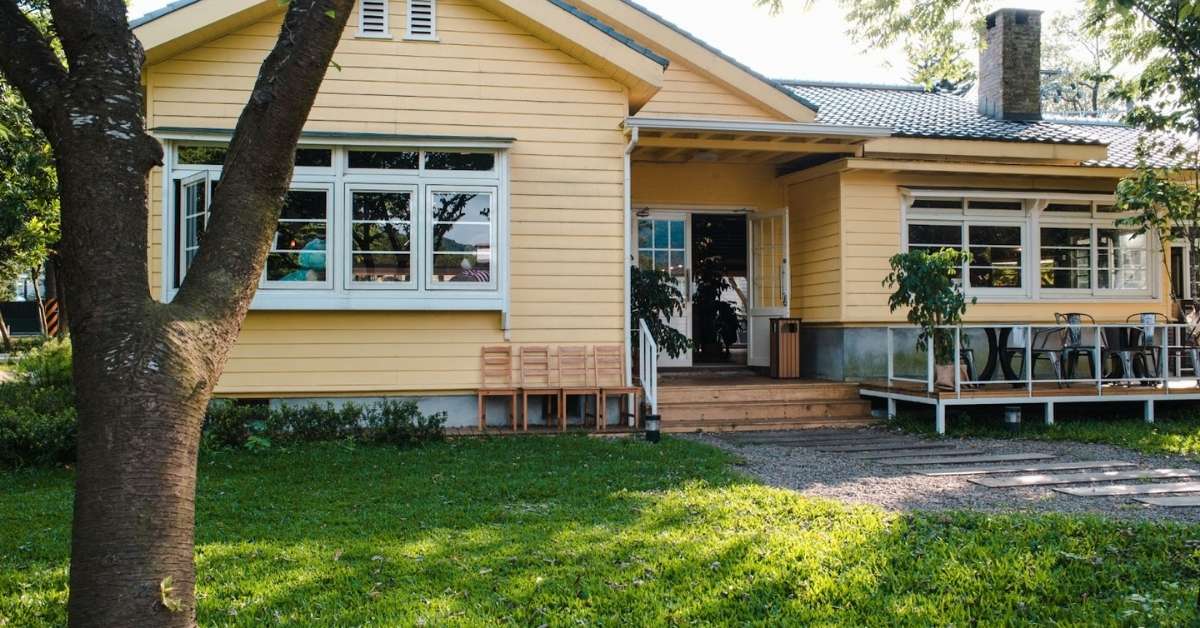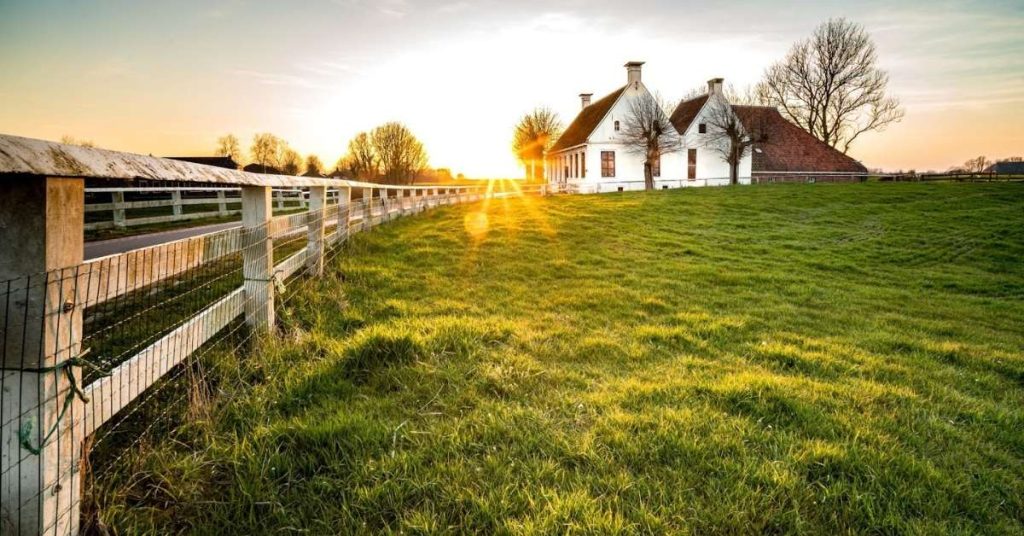After you’ve passed the pre-approval stage of a USDA loan, the next step is to find a home that will qualify for the mortgage and pass all the home requirements for this specific type of loan. This isn’t always the easiest step in the loan process but it is one of the most essential.
From appraisals to finding eligible locations, in his article we’ll explain the relevant concepts you need to understand before you go USDA loan house hunting. The information provided will serve as a guide to help you find the right home quicker and smarter.
Does My House Qualify for a USDA Loan?

Any form of property that is intended to be used for income generation will not qualify for a USDA loan. It is also important to note that the borrower must be the primary resident of the property they intend to buy. Apart from these rules, the house also has to meet certain living conditions and property requirements.
- Functional water system. Water, plumbing, and waste removal in the home must be available and adequate.
- Accessibility. The property must be accessible by road, driveway, or any other route.
- Proper installations of systems. Heating systems, cooling, and electric systems must be efficiently installed in the house before they can be approved for a loan.
- Structurally sound. The foundation in the home must be free from any cracks, and should be structurally sound enough to last the same number of years as your loan.
- Proper roofing must be installed. The house must be properly roofed with at least two years of life left. After inspection, no holes, leaks or cracks should be found.
If you’ve ticked all these details off your list then your house is sure to pass any required appraisal and qualify for a USDA loan. The same applies with refinances and USDA construction loans.
What Homes Are Eligible For USDA Loans?
Since USDA loans are meant to promote and develop the more rural regions of America, there’s a popular misconception that there are certain restrictions on the type of housing you’re allowed to buy with the loan.
This isn’t true, you can use USDA loans to purchase homes that are in sub-divisions, townhomes, and even gated communities. The USDA changes its guidelines annually but there are no restrictions on the types of homes you can purchase.
What Zip Codes Qualify for USDA Loans?
If you’re trying to use an online map to find areas that qualify for USDA-Rural home loans putting in your ZIP code while entering an address will make your search more accurate.
What Cities Qualify for a USDA Loan?
Doing a broad search of cities to know if they qualify for a USDA loan can be overwhelming but the quickest way to find out is to use a USDA loan map, it’s that simple.
All you have to do is:
- Use the USDA online map tool to do your search in
- Type in the area address and zip code for accuracy and press search
- The map will let you know if the area you typed in is eligible or not for a USDA loan
- You can print a copy of the map to make your physical search easier.
What Is Considered a Rural Area For a USDA Loan?

A rural area according to the USDA is an area that is located outside of a major city and has a rough population of about 35, 000 but no more than that. This is one major reason why USDA loan property must not be more than 2,000 square feet.
These areas are not part of or associated with urban regions so the USDA considers their access to mortgage credit and that’s why they are the only areas where you can buy a property with a USDA loan.
Bottom Line
The first step toward finding homes that qualify for a USDA loan is to do a broad search online. For areas that are not identified, get with a USDA-approved lender to confirm.
After that, you have to find a house that meets all the USDA requirements and move on to the next step of your USDA loan application which is to sign a purchase agreement. Most times your home will need to undergo an appraisal before it’s approved.
Frequently Asked Questions
Are USDA loans a good idea?
When buying a home, a USDA loan may be right for you. The United States Department of Agriculture’s rural development loan program is for homeowners with low to moderate income, but low interest rates and monthly mortgage payments. The USDA loan has many great benefits that make it an attractive option for many borrowers.
What is considered a rural address?
Just because a property is located in a rural setting does not mean you can’t qualify for a USDA loan. Many rural and suburban areas are considered rural but aren’t considered a census-designated place. You can purchase in any area that qualifies using this online search tool.
Are USDA loan payments cheaper?
They can be. USDA loans usually end up being much cheaper than FHA loans, and often have lower interest rates as well. This can make a large difference in your monthly payments and save you money in the long run.






